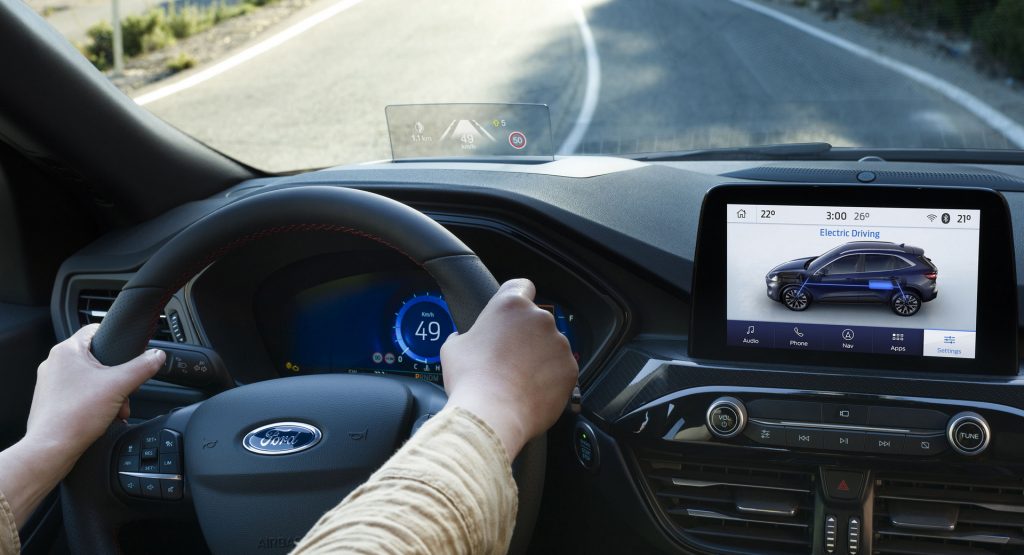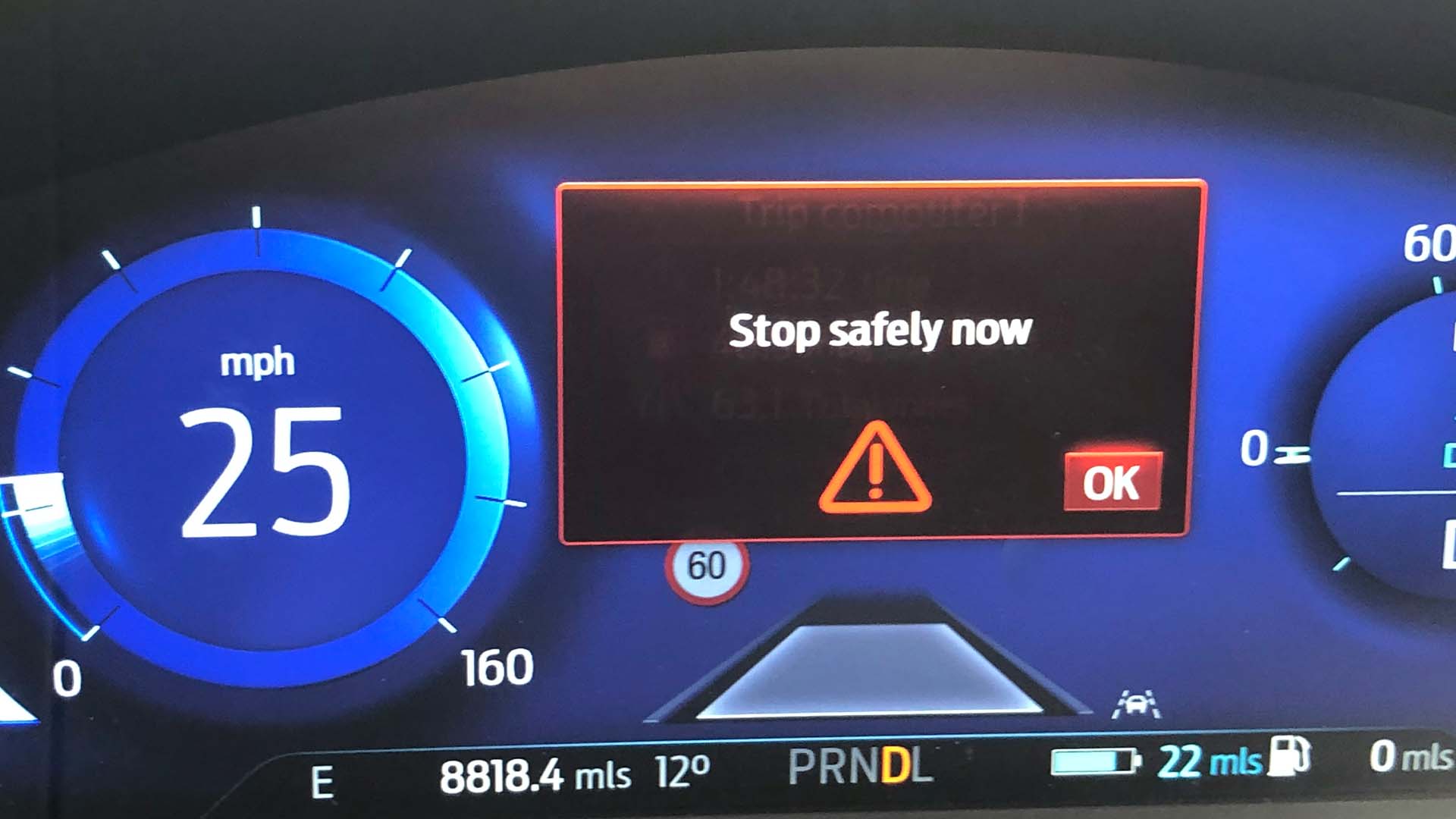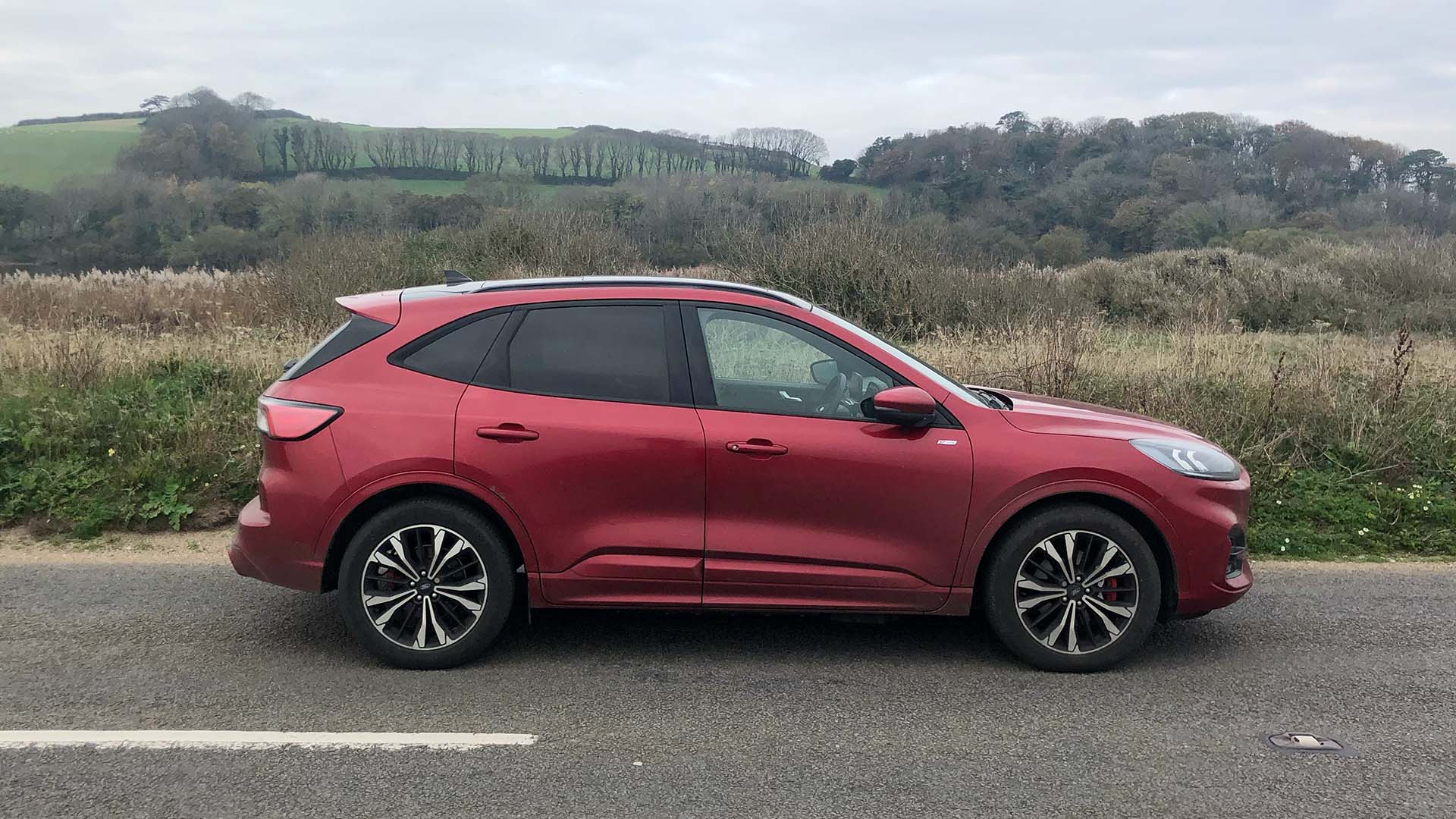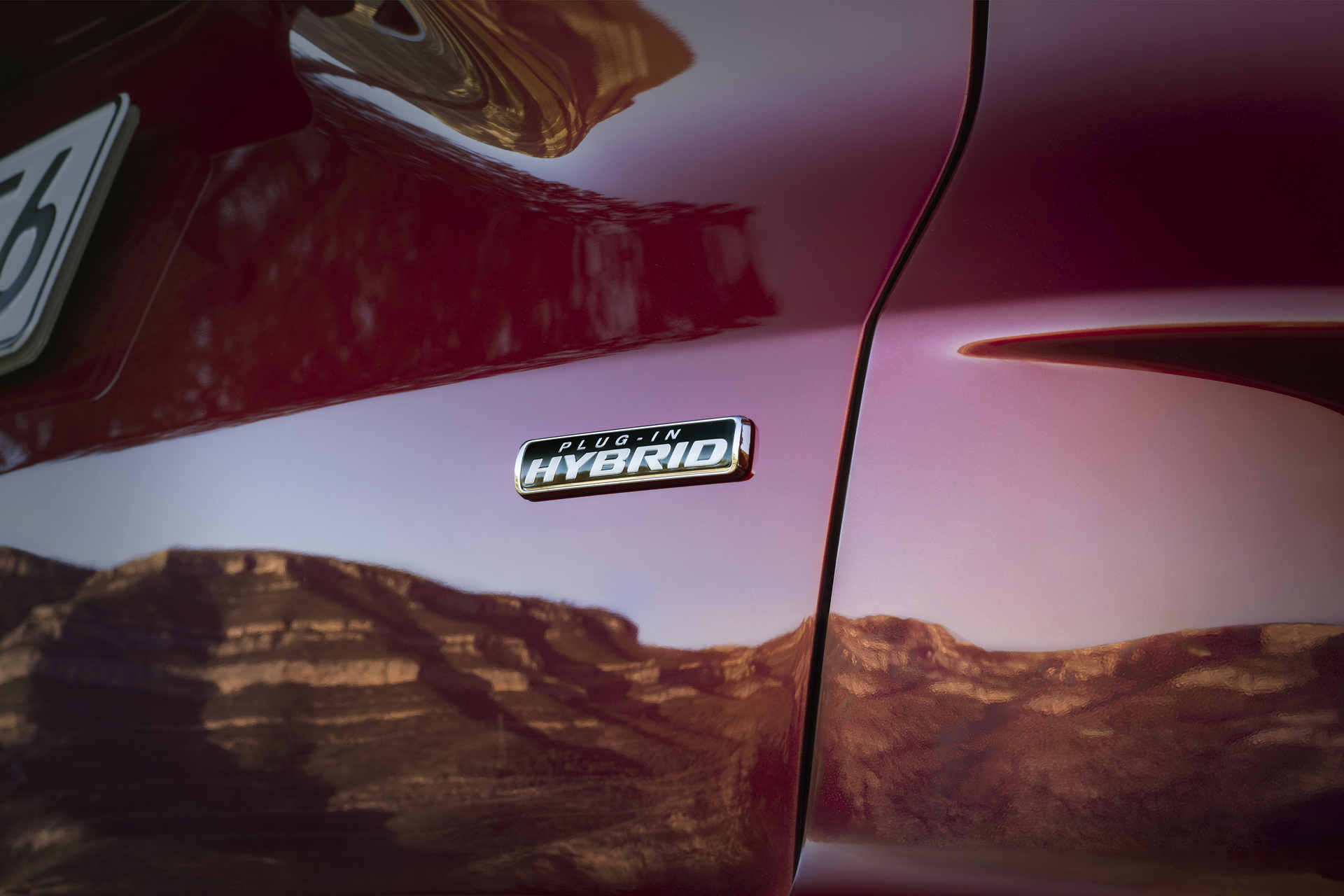The 20-25 miles (32-40 KM) covered each day by the average British and American driver is well within the electric capabilities of a plug-in hybrid like the Ford Kuga/Escape PHEV, which carries an official rating of around 35 WLTP miles (56 km), and an even better 37 miles (60 km) according to the EPA.
Most drivers doing a regular commute to the office or taking the kids to school might appear to get through an entire week purely on EV power by plugging in at home or work each day. But what happens if you try to really treat a PHEV like an EV? Can you run the gas tank dry and carry on driving a PHEV as if it was an electric car, or will the car’s computer have a meltdown?
To find out I filled a Kuga PHEV’s battery with electricity, filled a jerrycan with a gallon of unleaded, then set off, presuming the whole experiment would take about 40 minutes. Wrong! Despite having already run the fuel tank down to a meager 5-mile ICE range in preparation, and having set the hybrid controller so that the gas engine would stay mostly permanently engaged to recharge, or at least maintain the existing charge in the battery, it took an age to actually run out of juice.
Related: Ford Kuga Reinvents Itself As A Stylish SUV With Three Electrified Options
The combination of a generous fuel reserve and the Kuga PHEV’s incredibly efficient Atkinson cycle 2.5-liter gas motor meant I covered an incredible 63 miles (101 km) after the ICE range display had dropped to zero before the tank was depleted, making a mockery of my girlfriend’s fretting about getting to the supermarket when I’ve coasted in late at night from an airport the night before and left her with 5 miles (8 km) of range showing.
Pull Over!
At first there was no obvious warning light or message the the ICE motor finally ran out of fuel, just an awareness that the engine hadn’t chimed back in after temporarily dropping out when we descended a grade, which it usually does. Then I could sense the lack of EV power, the gauge showing it was restricted to around 35 kW, far below what it would normally deliver in either hybrid or EV mode. And sure enough, that was followed by a red-framed warning message on the instrument panel telling me to “Stop Safely Now”.
Which I obviously ignored, at least for a while. But 47 hp isn’t much to drag around a 1844 kg/4065 lbs crossover, so I pulled over, switched the car off, then switched it on again to see if it would reset, which it did, at least temporarily. For a while the Kuga appeared to be operating as an EV, and giving me its full electric power. The single electric motor is rated at 81 kW, but when I gave the car a massive slug of right foot I’m pretty sure I saw the power dial top 100 kW for a brief moment before the ECU had another panic attack, threw up the red warning sign again, and cut power to 35 kW.
46-Mile Range, Zero Movement
So I pulled over again and switched the Kuga off. But this time when I tried to restart it wouldn’t unlock the rotary shifter to let me select Drive, despite the battery range showing 22 miles (35 km) remaining. No problem, I thought. I got out and dumped the gallon of fuel into the tank from the emergency can, and tried again. Still no dice.
Having already spent most of the morning driving around trying to run out in the first place, I wasn’t excited at the prospect of spending an hour waiting for a recovery truck. Now I had a battery gauge showing 22 miles of EV range and a fuel range telling me I had 24 miles (39 km), meaning I had more than 40 miles (64 km) of theoretical total range, but I couldn’t even move an inch.
A call to Ford’s press garage returned a suggestion that I disconnect the 12v battery beneath the spare wheel in the luggage bay to reset the system. But I didn’t have a 10 mm spanner, and having driven so much further than I expected to get the thing to run dry, I was miles from home and my box of tools.
Related: Ford Kuga Plug-In Hybrids Are Bursting Into Flames, Company Stopping Sales And Issuing A Recall
My only hope was the old lock-and-unlock reset trick. So I got out, clicked the button on the key, watched the door mirrors fold inwards signalling that the car was locked, and waited five minutes. It worked. Phew! I cruised back home, stopping at a filling station just five miles from where I’d been stranded with my 22 miles of EV range, and filled up with unleaded.
PHEV Is Not The Same As EV
So the answer to the question “can you use a PHEV like an EV?” is no, you can’t. Ford says that the Kuga needs to have the option of calling on the ICE engine to help safeguard the battery, and given that a bunch of Kuga PHEVs burst into flames in 2020 forcing Ford to issue a recall, maybe that’s not such a bad idea. But while I was feeling pretty smug during the UK’s recent fuel crisis cruising around in the Kuga in EV mode, it’s clear now that had the situation gone on for a couple more weeks and I’d actually used all my petrol, and been unable to replace it due to the fuel shortage, I would have had the grin wiped from my face.
But the reality is that gasoline is widely available other than in freak situations, and though the Kuga might need a dribble of it in the tank to run, it’s so frugal that this dribble could last you for weeks. On long 85 mph (137 km/h) journeys when the initial electric charge is a distant memory, the Kuga delivers 47 mpg (39 mpg U.S., 6.0 lt/100 km), and in periods where I’m mostly close to home, it’s hitting 140 mpg (117 mpg U.S., 2.0 lt/100 km). It’s a great PHEV, even if it’s not a great EV.











